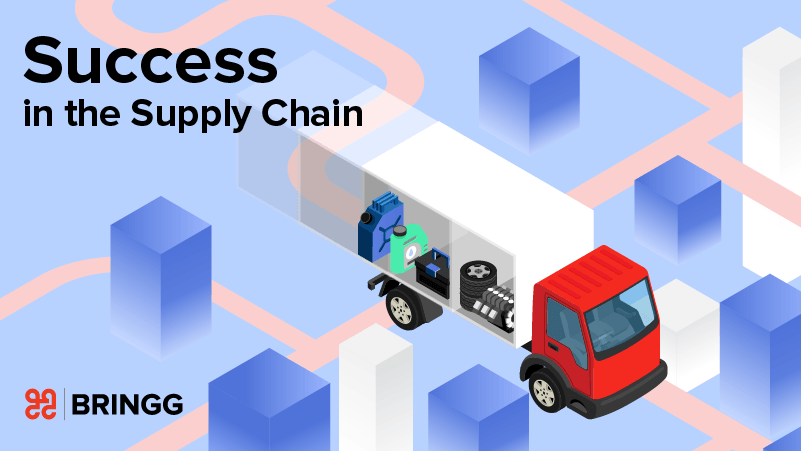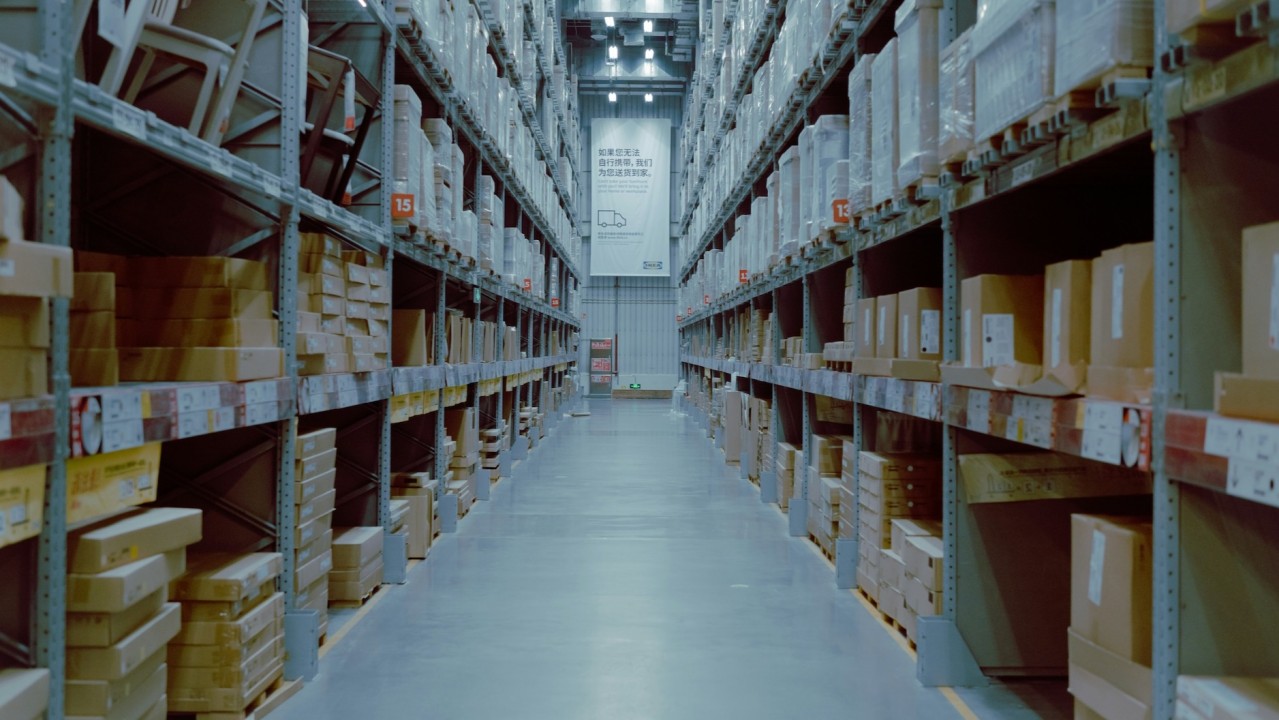When you think of the auto parts industry you don’t traditionally think of retail shopping, and the giants like Amazon. Luckily for AutoZone, they don’t need to think of the threat of Amazon as well. In CNBC’s video, How AutoZone Is Holding Off Amazon, analysts position the company very favorably within their retail space, calling them a leader in their customer service and supply chain model.
AutoZone has been around for a long time, but, luckily for them, they have not been resting on their laurels. In recent years AutoZone has leap-frogged through disruptive technology, brave strategy, and a true paradigm shift from antiquated industry standards, into innovative on-demand services. The result, today AutoZone fends off brick and mortar and online competition by offering quality in-store service, huge inventories, and very tight local supply chains that can deliver parts in a matter of minutes.
So how did they do it? AutoZone, like Amazon, realized that differentiation and success lie with customer experience, meeting the expectation of service and delivery with quality and speed.
On the service front, AutoZone invested heavily in training its staff to be customer-facing experts. Their staff are brand ambassadors, knowledgeable on customer auto needs and the products required. When entering an AutoZone, you will be able to have your questions answered and the necessary parts always available. Satellite stores stock about 23,000 products while their hub and meg hub stores can carry 100,000 products.
The inventory model created by AutoZone stores, hubs and mega hubs offers greater product availability to support not only the in-store experience, but also goes beyond to allow AutoZone to address another business model. According to CNBC, “..a big part of what has been fueling the enthusiasm over AutoZone has been its recent push into commercial parts retailing, often called “DO IT FOR ME (DIFM)“. In AutoZone’s case DIFM refers to the professional mechanics and body shops that need to service their own end-user.
While these professional mechanics offer an additional revenue stream for AutoZone, their business needs, require that AutoZone expand to an on-demand delivery model. Mechanics and body shop owners “expect to receive goods within hours or even minutes, in many cases in about as little time as one would expect A PIZZA!”
AutoZone has been innovating heavily in building up the supply chain needed to compete in commercial parts supply, and from investors’ assumptions, it looks like they are doing it quite well. Congratulations to our client, AutoZone.



